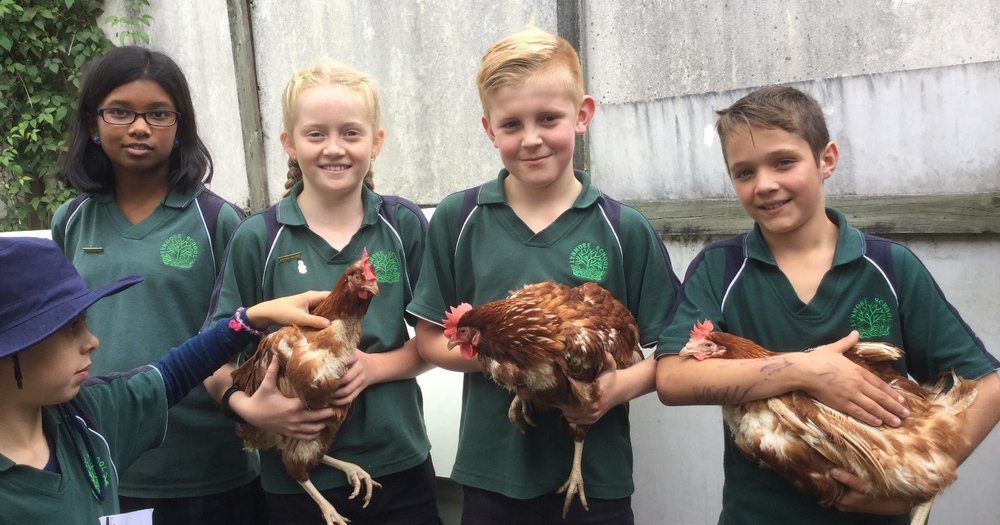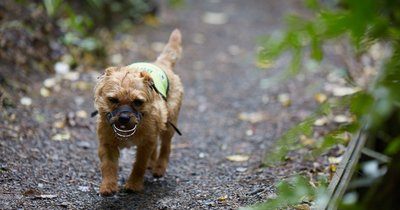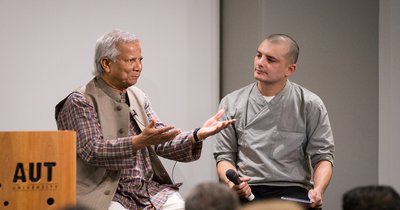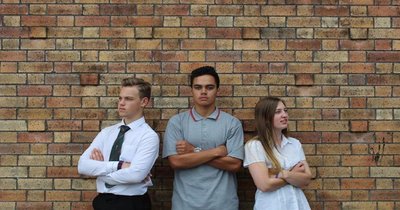Kiwi kids and teachers were looking for a way to make a real difference in New Zealand's backyard. In late 2017, Predator Free NZ Trust and Kiwibank answered their call with the launch of the inaugural Predator Free Schools programme. PFNZ's Kate Guthrie shares how the 10 selected schools around New Zealand are taking on the conservation challenge.
A peanut butter sandwich tossed in a rubbish bin, a few tasty crumbs in the bottom of a chip packet, an apple core tossed in the shrubs... there’s plenty of feeding opportunities for a hungry rat, mouse or possum in the average school playground. Even the corn and tomatoes growing in the school garden have huge appeal, and all these predators love a good compost bin smorgasbord.
Kids may not care about what happens to leftovers from lunch, but they do care a great deal when these same predators harm our native wildlife and forests.
Kids care about the future, and can feel powerless to make a difference. But through the Kiwibank Predator Free Schools programme, students are learning that they can make a difference – one school playground at a time.
So how does it work?
Kids are great detectives, and love to solve mysteries. By asking them what might happen to that peanut butter sandwich once it’s thrown away, you offer them an opportunity to create things, discuss what’s happening in their environment, and have some fun too.
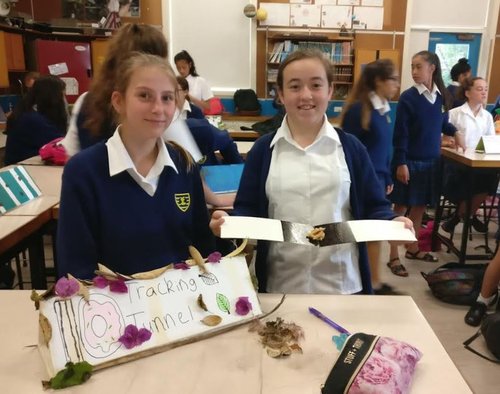 Students can make or purchase tracking tunnels, or use chew cards and lay them around the school grounds to detect predator footprints and bite marks.
Students can make or purchase tracking tunnels, or use chew cards and lay them around the school grounds to detect predator footprints and bite marks.
It’s a great way to find out which predators are present, and where they hang out. First, they can collect the evidence (the footprints or tooth marks) then they can solve the mystery by identifying what kinds of animals made each mark.
Proving the presence of rats, mice and perhaps even a possum or two can be the starting point for a class discussion on the damage these predators do in the wider environment. Older students might learn about different methods of predator control, and the advantages and disadvantages of each. Which methods are more humane, and why is that important? Which methods are best to use at school or at home?
Setting traps with the help and supervision of an adult is a chance to learn about safety and responsibility. What is a rat’s favourite food? Testing different baits to see which catches the most rats can be set up as a science experiment, and counting how many predators are caught per week or per trap is a great way to make maths, statistics and graph drawing a ‘real world’ learning experience.
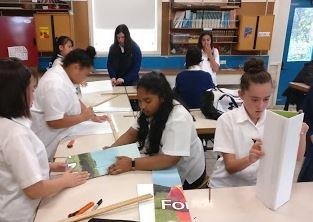
The Kiwibank Predator Free Schools programme is an integrated learning opportunity that reaches across the whole curriculum.
It’s a hands on learning experience for those who may not relate to whiteboard lessons and textbooks, and it’s a chance for kids to make a real contribution to the environment as they learn.
Conservation Class is now in session!
When the inaugural Predator Free Schools programme was launched in late 2017, schools from around the country sent in applications to take part. From those amazing submissions, 10 schools were selected to take part:
• Mangonui School, Northland
• Blemont Primary School, Auckland
• Summerland Primary School, Auckland
• Goodwood School, Cambridge
• Lynmore School, Rotorua
• Wellington East Girls College, Wellington
• Otari School, Wellington
• Grovetown School, Blenheim
• Queen Charlotte College, Picton
• St Anne’s Catholic School, Christchurch
“Schools are an important hub of a community, so they are a great way to get people involved,” says Jessi Morgan from the Predator Free NZ Trust.
“Kids are passionate about conservation and saving our native species, so it was a bit of a no brainer."
"We also had Kiwibank communities who wanted to involve their schools, so we wanted to help support that involvement.” She said.
Four years ago, Mangonui School started a planting programme to restore their local maunga. Now, they want to start a trapping programme for rats, stoats and possums. The programme will be linked to current learning around Maori tikanga, native planting and being a Kaitiaki of Papatūānuku (Guardian of the Land).
 Lynmore School has native bush within the school grounds, and the school’s Enviro Club has been looking after the Waitawa Bush by removing invasive plants and animals.
Lynmore School has native bush within the school grounds, and the school’s Enviro Club has been looking after the Waitawa Bush by removing invasive plants and animals.
Currently, the school is developing an outdoor classroom within the bush for the whole school to access.
The trapping programme fits perfectly into their goal of creating citizen scientists who look after New Zealand’s environment.
The students of Grovetown School recently completed approx. 700m2 of native planting to encourage bird life; they know predator control is the next step.
Chew cards are already in use, with regular monitoring being completed. The Kiwibank Predator Free School traps will be placed around the school, and the trapping team will collect data which will be graphed and analysed in the classroom.
They even plan to have a roster to look after the traps during the school holidays!
And it’s not just land-based native wildlife that will benefit from the school-based predator control. St Anne’s Catholic School shares a boundary with Steam Wharf stream, which is a spawning ground for inanga (whitebait).
In order to support the return of inanga to post-earthquake Christchurch, the school will focus its predator trapping specifically on rats, as they eat inanga eggs once they are exposed on the stream bank. EOS Ecology has teamed up with St Anne’s Catholic School to undertake pest monitoring, and will help them engage with the wider conservation network and bring in experts to talk to the students.
The students love looking after the environment and are happy that their trapping will benefit not just bird life, but fish too.
A Conservation Barrier Solved
Schools often have access to a lot of curriculum-based materials, but can lack the funding to be able to purchase equipment to start their conservation journey.
The Kiwibank Predator Free Schools programme gives selected schools a budget of $1,000 for traps and trapping equipment.
This allows students to detect and trap what predators are in their school environment and where they occur, plus they can monitor the variety of the native species that live in their community and help them thrive.
Kiwibank is very proud to be a part of the Predator Free Schools programme. “Our purpose at Kiwibank is ‘Kiwi’s Making Kiwi’s Better Off’,” says Mark Wilkshire, Group Manager for Marketing at Kiwibank. “By enabling these schools, which are important hubs within the community, to care and look after our native species and the environment, we know that we’re playing a role in making New Zealand an even better place to live, work and grow, now and for the future.”
To find out more about the Kiwibank Predator Free Community programme, check out the PFNZ website or read more about our conservation efforts. Want to join the challenge and start trapping in your backyard? You can buy a trap through PFNZ's shop and they'll deliver it to your front door!
